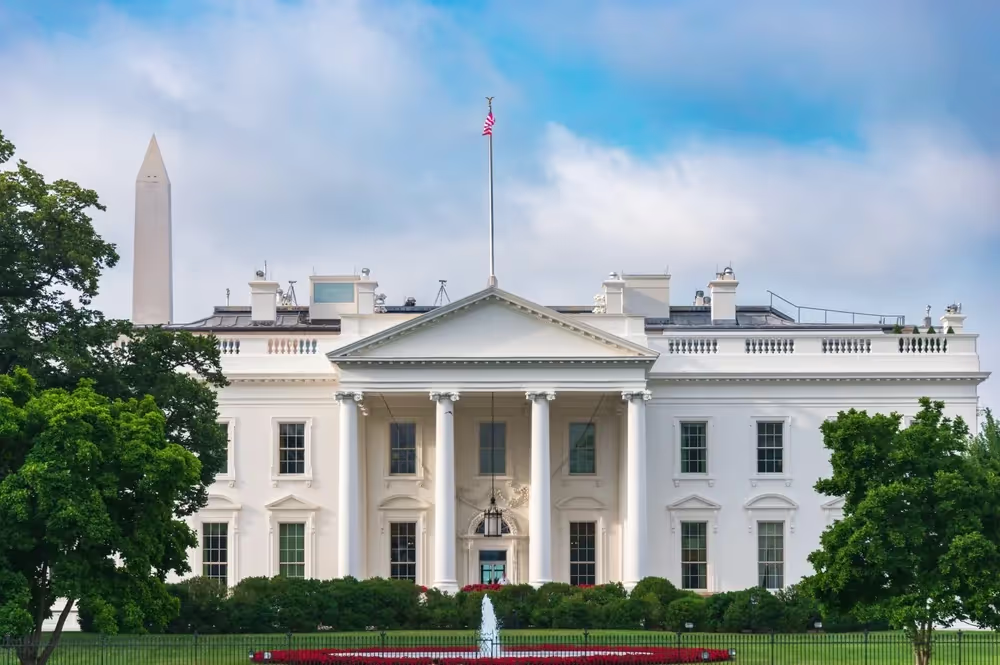
Justice Kagan Is Wrong: The President Is Coequal to the Federal Judiciary
Unlike inferior federal courts, the President is not beneath the Supreme Court.
It is comforting to know that, in our polarized times, some things still go without saying. To take an easy example: any bartender worth his or her salt should understand a request for a “martini” as a request for a drink made with gin, not vodka. To specify the former would be to speak superfluously. But for matters of a bit more substance (if I might suggest as much), it is still often safer to go ahead and spell things out, lest silent and mistaken assumptions be allowed to get in the way of things. Consider, for example, the lesson offered by what the dissent left unsaid in Trump v. Wilcox.
At issue in Wilcox was the President’s removal of two federal officials from office: one official from the National Labor Relations Board (“NLRB”), and a second official from the Merit Systems Protection Board (“MSPB”). Because federal statutes purport to limit the President’s ability to remove the NLRB and MSPB officials from office, lower federal courts entered orders to prevent the President from successfully removing the officials from office. To support those orders, the lower courts invoked the Supreme Court’s 1935 decision in Humphrey’s Executor v. United States.
In Humphrey’s, the Supreme Court ruled that Congress could limit the President’s ability to remove Commissioners of the Federal Trade Commission (“FTC”) from office. To justify that ruling, the Humphrey’s Court offered a deeply flawed rationale that is in tension with the Constitution’s structure. In the decades since Humphrey’s, the Supreme Court has steadily distanced itself from that rationale. And in so doing, the Supreme Court has “repudiated almost every aspect of” Humphrey’s. It was therefore of little surprise that, in Wilcox, the Supreme Court yet again signaled its readiness to confine further, if not overrule, whatever might be left of the Humphrey’s precedent. In particular, the justices in Wilcox overruled the lower courts’ orders. The effect of the decision, which was made on a preliminary posture and may be substantially relitigated before the Supreme Court at a later date, was to allow the President to remove NLRB and MSPB officials from office (at least for the time being).
Enter Justice Kagan, who authored a dissent in Wilcox, joined by Justices Sotomayor and Jackson. The dissent focused in large part on the Supreme Court’s prerogative to decide for itself whether its precedent should be overruled. And, at least when it comes to how lower federal courts should treat Supreme Court precedent, the dissent makes a point.
As Justice Kagan put it, the Supreme Court “often reminds other judges that if one of our precedents "has direct application in a case," they must follow it, even if they dislike "leaving to [the Supreme] Court the prerogative of overruling its own decisions." She further explained that, “[i]n keeping with that directive, lower courts recently faced with challenges to independent agencies’ removal provisions have uniformly rejected them based on Humphrey’s.” Fair enough.
Because the Constitution refers to lower federal courts as “inferior” courts, it is sensible to maintain that those “inferior” courts should respect “Supreme” Court precedent, at least until the Supreme Court instructs otherwise. But the President is differently positioned. And for that reason, Justice Kagan’s analysis took a mistaken turn when it analogized the President to inferior federal courts.
“It should go without saying,” Justice Kagan reasoned, that as with inferior federal courts, “the President must likewise follow existing precedent, however strong he thinks the arguments against it—unless and until he convinces us to reject what we previously held.” But that is not so. Unlike inferior federal courts, the President is not inferior to the Supreme Court. Instead, the President is, alongside Congress, coequal to the federal judiciary.
Coequal does not mean identical. Each federal branch has different powers and abilities to check and balance the others. Most relevantly, when acting within the confines of the federal judiciary’s jurisdiction, the President’s executive agents must (like other litigants) adhere to judicial judgments—i.e., specific judicial dispositions of particular disputes between particular parties. But a judicial opinion explaining why a court entered its judgment is not similarly binding.
An inferior federal court might recognize a particular opinion to be of specific precedential value. And for that reason, an inferior federal court might be wise to read a particular opinion broadly or narrowly—reasoning, for example, that the NLRB or MSPB at issue in Wilcox are sufficiently similar or dissimilar from the version of the FTC analyzed in Humphrey’s. Similarly, executive officials may be wise to analyze judicial precedent, consider how it compares to new situations, and assess the likelihood of successfully litigating the merits of those new situations in court. Doing so can save valuable time and litigation costs. However, although judicial opinions may be informative, they (unlike judgments) are not formally binding on executive officials.
Justice Kagan was therefore off base in Wilcox when she chastised the President for “tak[ing] the law into his own hands” by “act[ing] on th[e] belief” that “Humphrey’s should be either overruled or confined.” As a coequal branch with an independent obligation to “take care that the laws be faithfully executed,” a President is well within his rights to conclude that the Constitution empowers him to remove certain officials from office—even in the face of arguably related (but not binding) judicial precedent.
This is not to say that the Supreme Court must agree with the President’s independent interpretation of the Constitution. Far from it; federal courts play an important role in independently enforcing the Constitution’s separation of powers. But the jurisdictional strictures of Article III require the Supreme Court to wait to express its disagreement in an appropriate case. Only then, after the Court issues a judgment in a proper case, can the Court’s judgment be properly understood as having a binding effect on the litigating parties. It follows that a President need not engage in a constitutional version of “Mother May I?” by preemptively asking the Supreme Court to approve of executive actions before those actions are taken. The Supreme Court is not the President’s legal advisor. And the proper order of things is for the President to act consistent with his obligation to take care that the laws be faithfully executed and address any conflicting judicial judgments later on, assuming such judgments ever arise.
This is not a new way of thinking of things, which highlights a second shortcoming in what the Wilcox dissent left unsaid. After describing the President as having “take[n] the law into his own hands” by removing officials from the NLRB and MSPB, the dissent sought to characterize that action as unprecedented. “Not since the 1950s (or even before),” Justice Kagan wrote, “has a President, without a legitimate reason, tried to remove an officer from a classic independent agency—a multi-member, bipartisan commission exercising regulatory power whose governing statute contains a for-cause provision.” But this summary of the history is misleading, if not demonstrably wrong.
In 2021, President Biden took the unprecedented action of removing, without cause, the NLRB’s General Counsel from office. That action would seem to fall quite comfortably within Justice Kagan’s reference to “remov[ing] an officer from a classic independent agency.” To the extent that Justice Kagan was suggesting that no President had ever before removed an officer from the NLRB, her statement is demonstrably wrong.
To be charitable, Justice Kagan’s statement might have been carefully crafted to silently distinguish between the NLRB’s General Counsel (removed by President Biden) and a NLRB Commissioner (removed by President Trump). Although the General Counsel and Board Commissioners are addressed in the same statute—which empowers the General Counsel to exercise certain “final authority, on behalf of the Board”—that statute only purports to give Commissioners an explicit for-cause removal protection (the General Counsel, by comparison, is given a fixed term of years, which is a type of statutory provision that some argue implies removal protection). But even on this charitable reading, the dissent’s statement is misleading. By failing to mention President Biden’s removal of an NLRB officer in a dissent that took so much issue with President Trump’s removal of an NLRB officer, the dissent exhibited an unfortunate understanding of what details should, and should not, go without saying.
The Supreme Court’s decision in Wilcox offers the latest sign that Humphrey’s days are numbered. And overruling Humphreys would be a significant development for inferior federal courts, which are tasked with faithfully applying Supreme Court precedent in many instances. But as a formal matter, the overruling of Humphrey’s would not have the same effect on the President, who is coequal and not inferior to the Supreme Court.
Chad Squitieri is an Assistant Professor of Law at the Catholic University of America’s Columbus School of Law, where he serves as Director of the Separation of Powers Institute and Managing Director of the Center for the Constitution and the Catholic Intellectual Tradition.
Constitutionalism
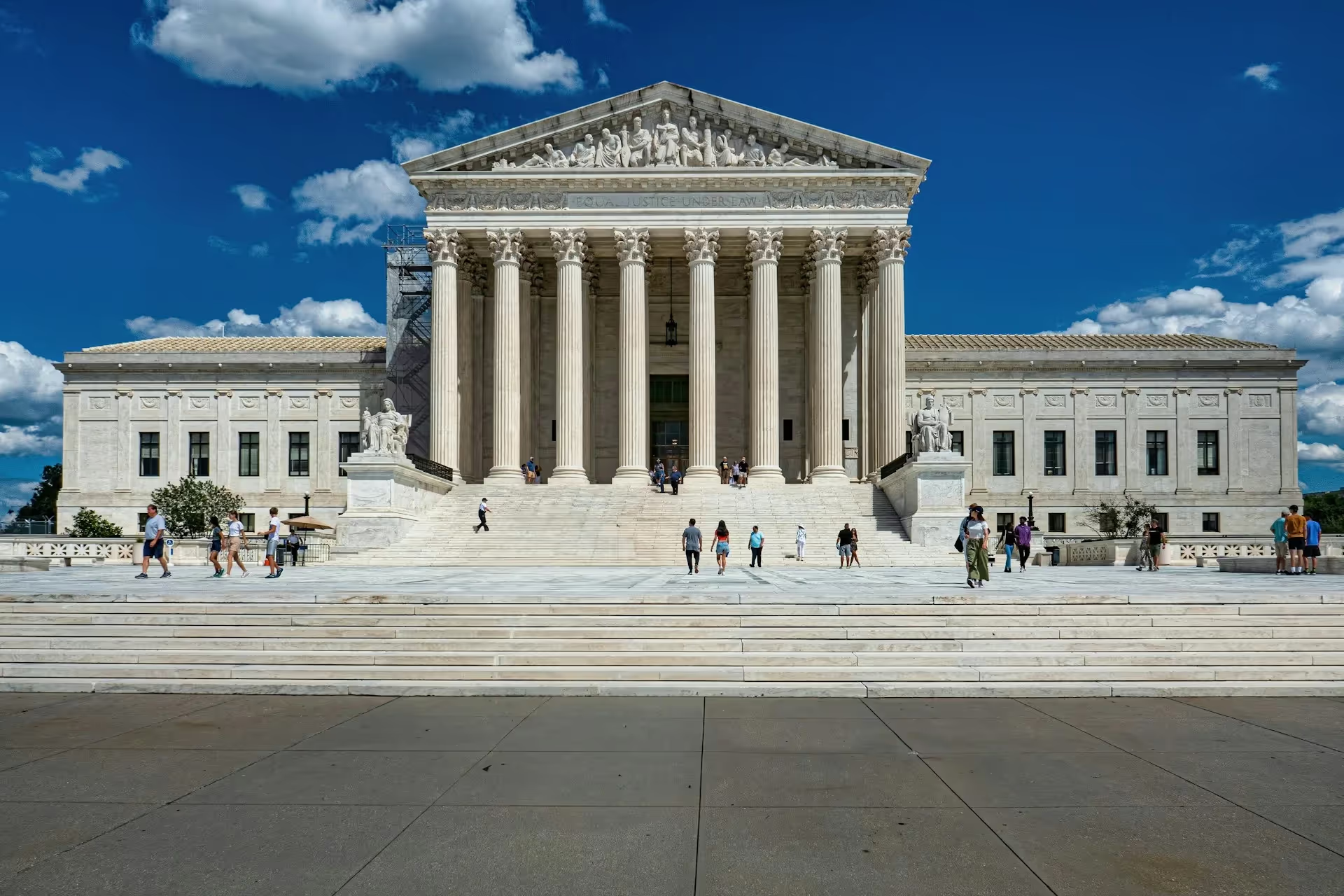
Amicus Brief: Hon. William P. Barr and Hon. Michael B. Mukasey in Support of Petitioners
Former AGs Barr and Mukasey Cite Civitas in a SCOTUS Brief
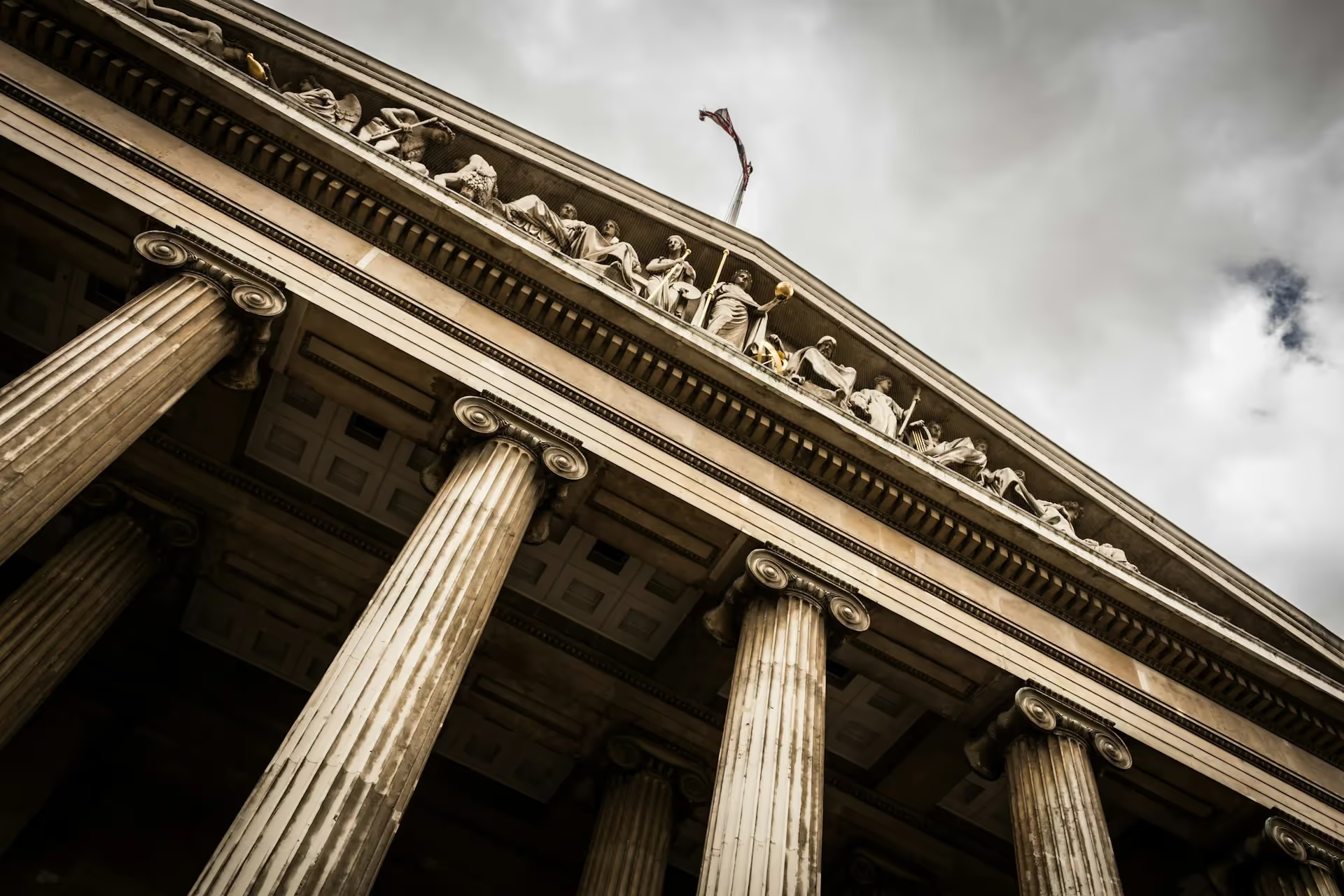
Rational Judicial Review: Constitutions as Power-sharing Agreements, Secession, and the Problem of Dred Scott
Judicial review and originalism serve as valuable commitment mechanisms to enforce future compliance with a political bargain.
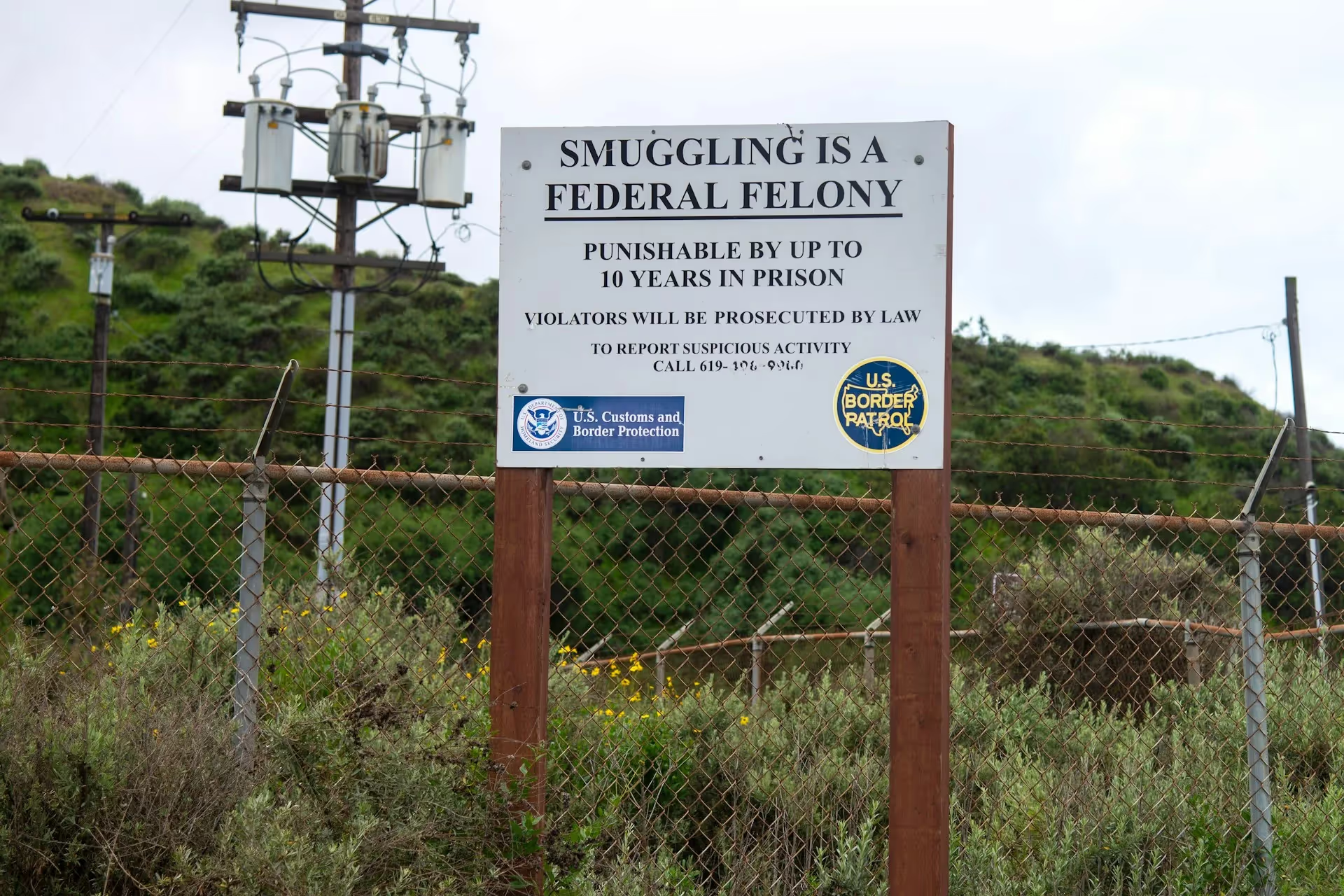
What’s Wrong with a Military Campaign Against the Drug Trade
Trump’s boat strikes against the cartels risk crossing the line between law enforcement and war.
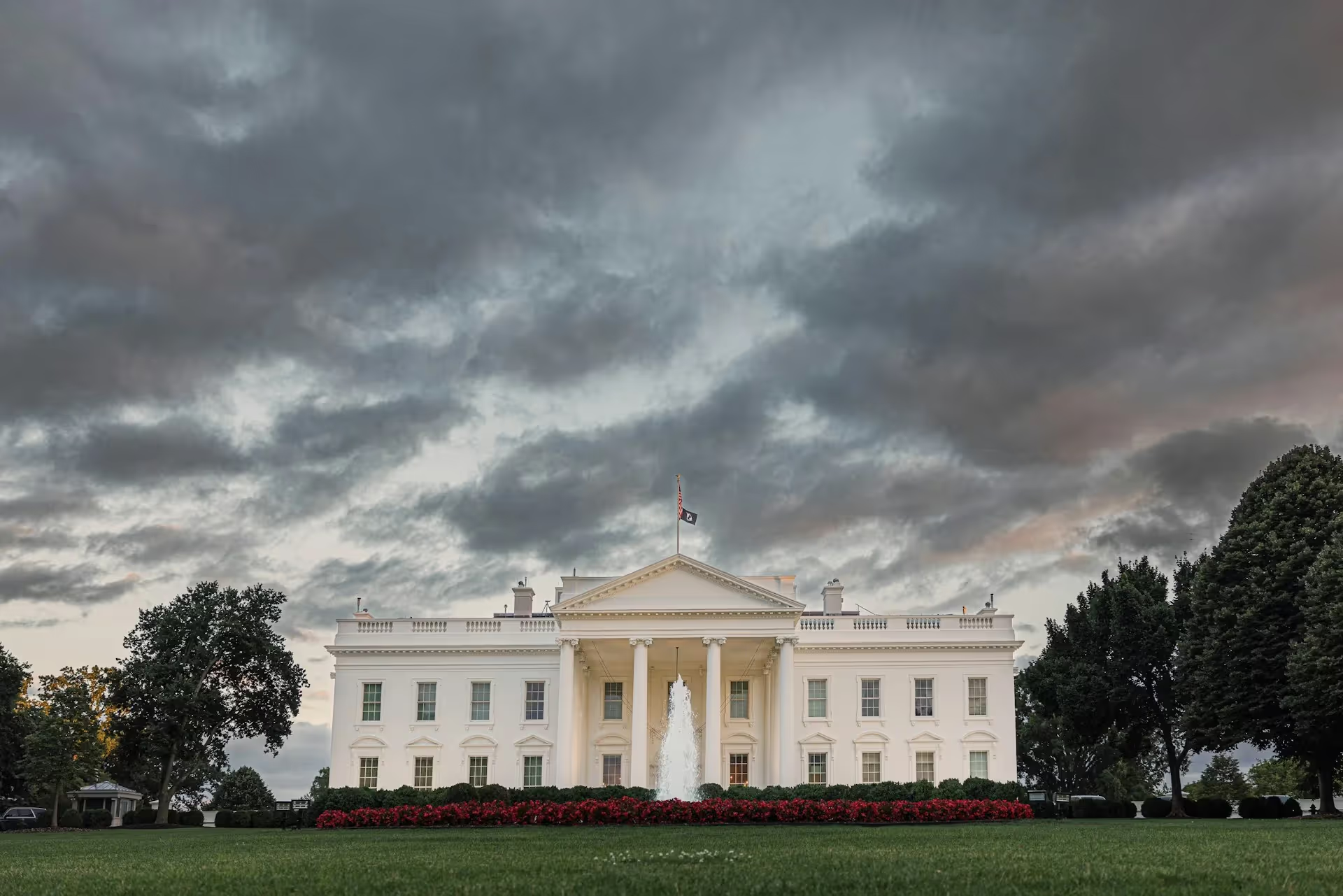
The Long History of Presidential Discretion
The Framers did not expect Congress to preauthorize every use of force or to manage military campaigns.

The Myth of Milliken
Shep Melnick evaluates Michelle Adams' new scholarly attempt to return Milliken v. Bradley and the story of Detroit school busing to the court of public opinion.
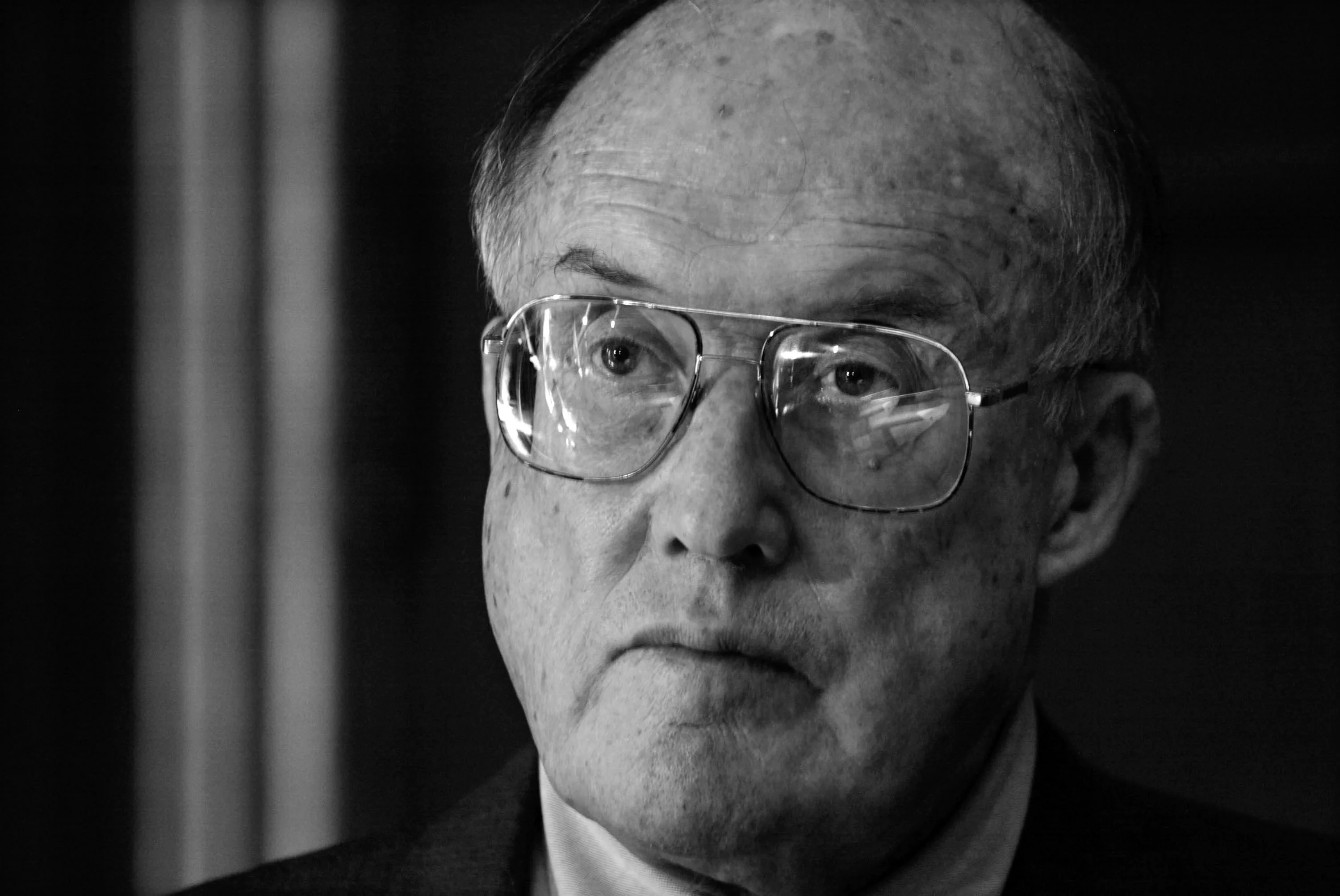
United States v. Lopez at 30: The Court’s Federalism Revolution Didn’t Happen
Why did the Court's federalism revolution go out with a whimper?


.avif)

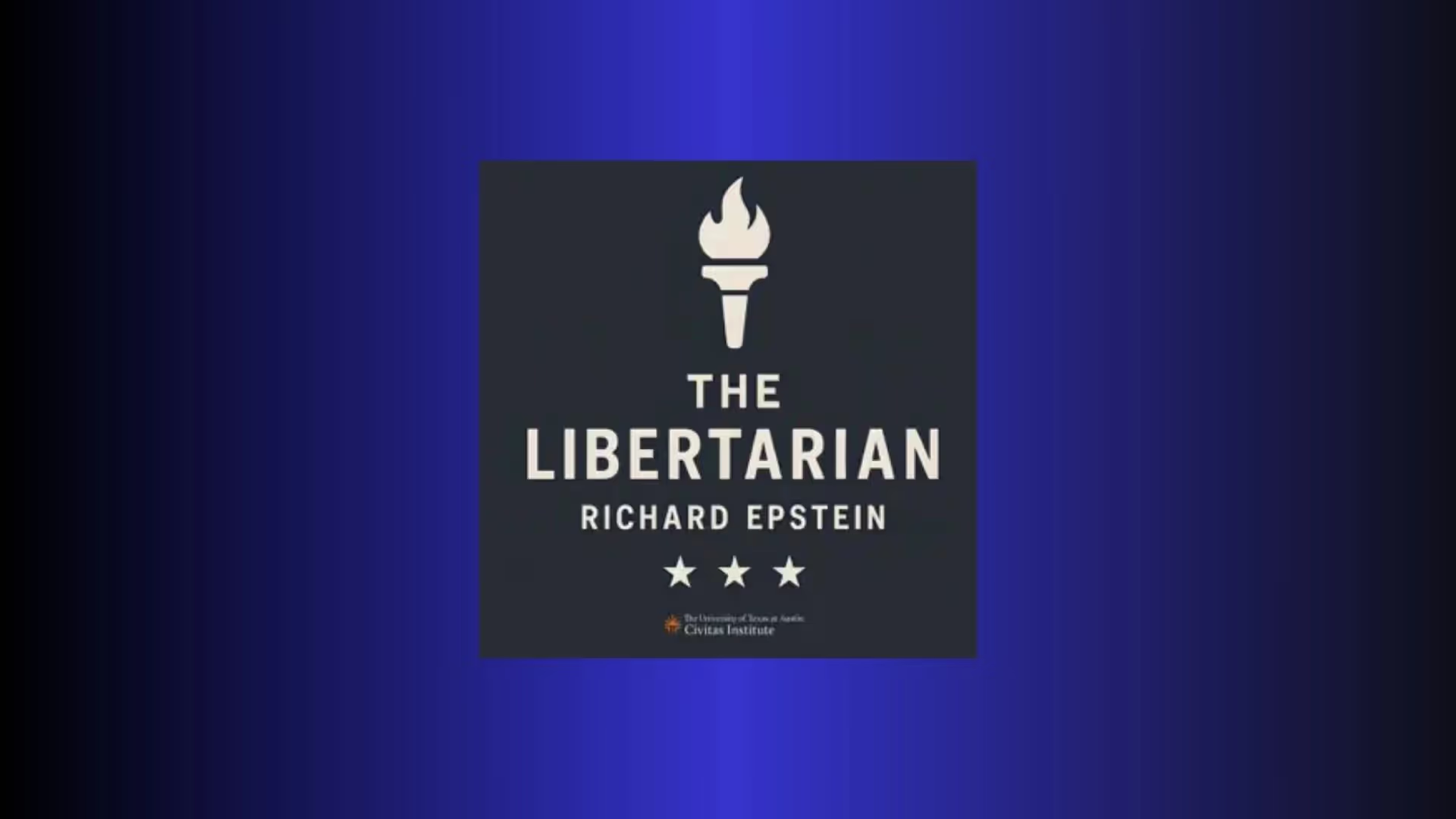
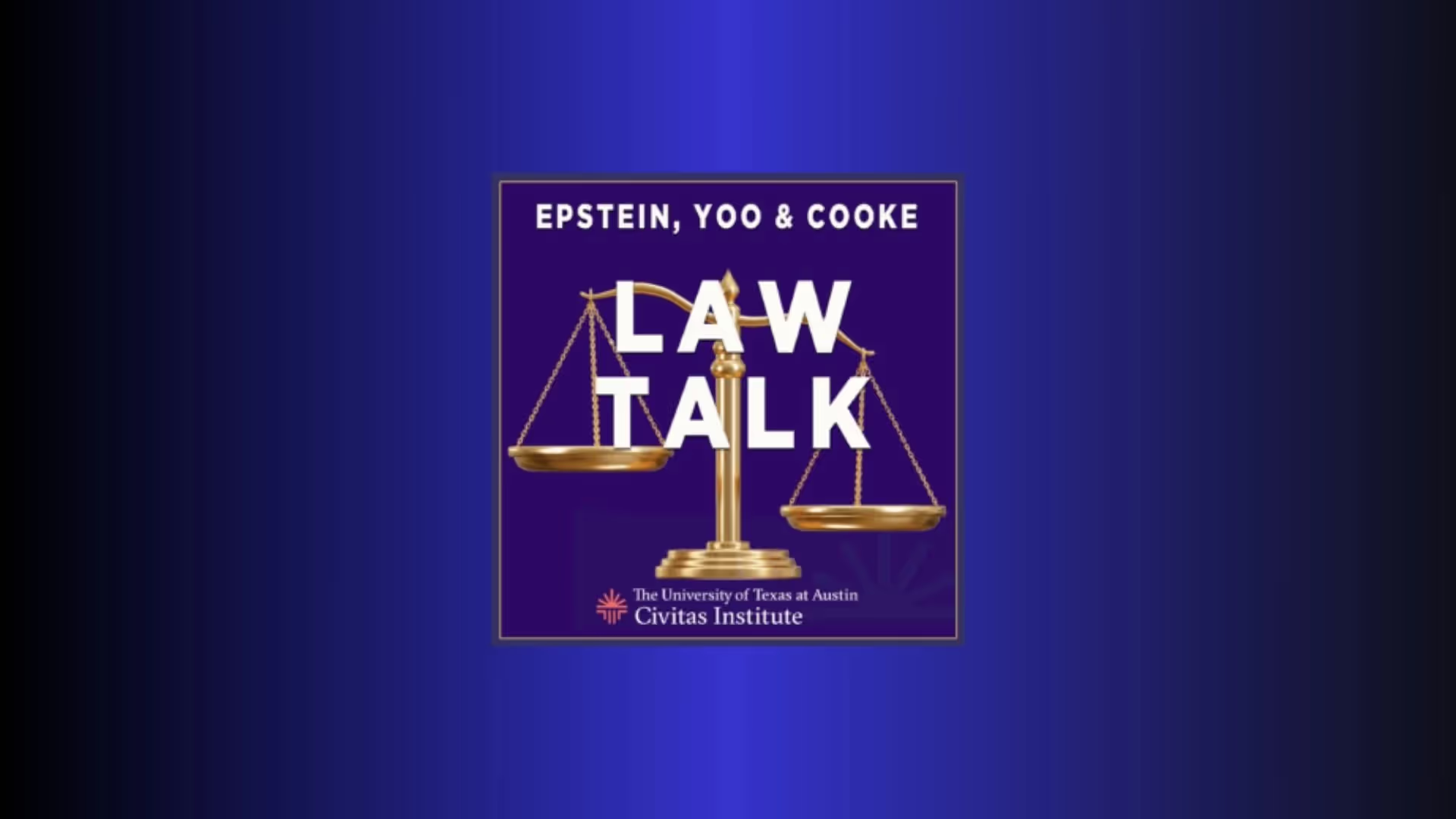



.avif)
.avif)

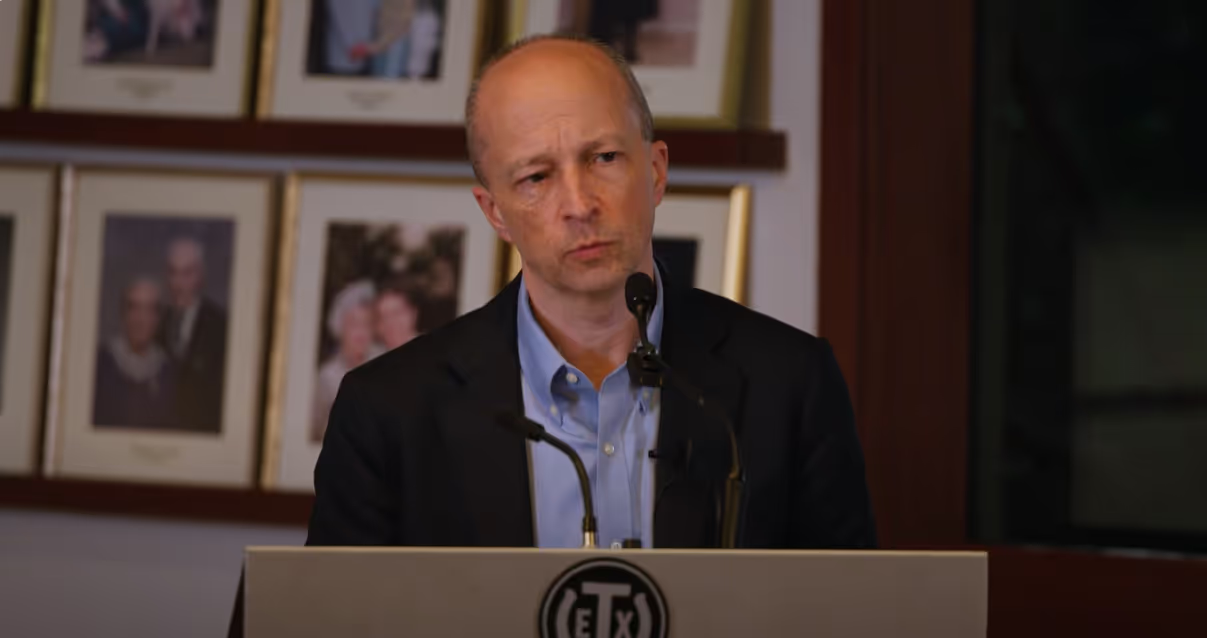
.webp)
.webp)

